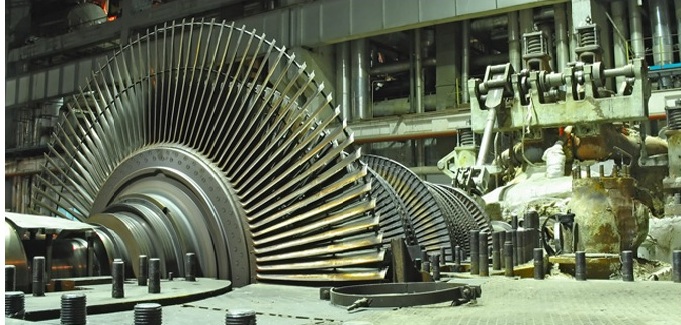PREDICTING BEARING LIFE
Over the years, engineers estimated the life of both ball bearings and roller bearings with the aid of ANSI/AFBMA standards for ball bearings (1950) and roller bearings (1953), which were updated in 1978 and 1990, plus ASME bearing life factors (1971).
Recently, the Society of Tribologist and Lubrication Engineers (STLE) developed new life factors that reflect improvements in bearing components such as steel manufacturing and lubrication, which have taken place over the last 50 years. These improvements increased bearing life substantially. The new life factors, which make it possible to predict bearing life much more accurately, are described in the book STLE Life Factors for Rolling Bearings, 1992 (STLE, 840 Busse Highway, Park Ridge, Ill., 60068-2376).
Better steel and bearing lubrication
Bearing Steel
Figure A - Rolling element bearing life improvement over five decades.
Advances in steel manufacturing that contributed to improved bearing life have occurred in the areas of heat treatment, melting, testing, finishing, and metalworking. Lubrication advances include using bearing lubricants with enhanced EHD oil film thickness between bearing components, and improved bearing finishes.
By the 1960s, NASA combined many of these advances to boost bearing life by 13 times the amount predicted by the 1950 standards. In 1973, the use of vacuum-induction-melted, vacuum-arc-remelted (VIM-VAR) AISI M-50 steel and improved oil filtration increased the life of angular contact ball bearings by 100 times.
Lastly, in 1983, the General Electric Co. developed AISI M-50NiL steel, which exhibits more than twice the life of through-hardened VIMVAR AISI M-50 steel.
Updated bearing life factors
Figure A shows how bearing life increased over 50 years and how that increase was reflected in the industry standards and life factors. The early ANSI/AFBMA standards (1950s) had no life adjustment factors.
In 1971, ASME introduced life adjustment factors of about 15 for both ball and roller bearings, reflecting improvements since 1940.
